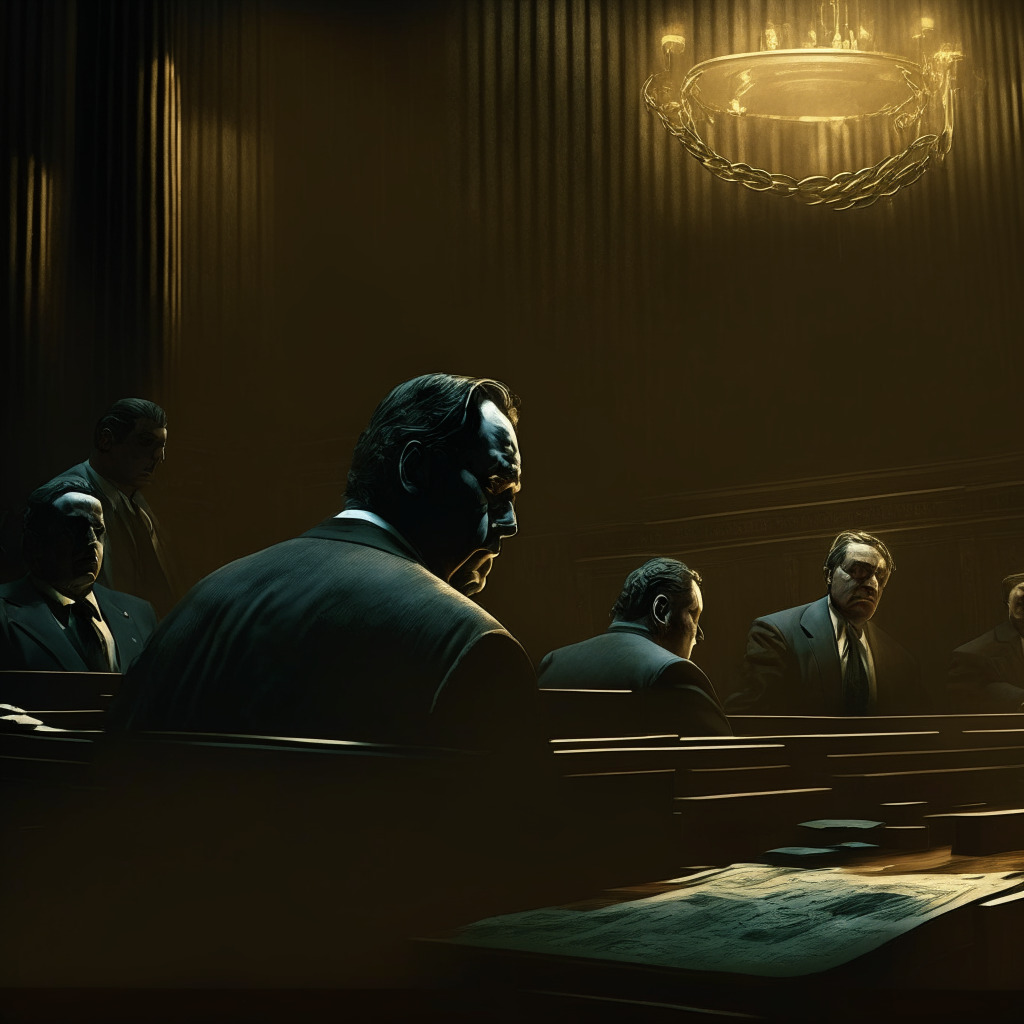In a telling turn of events, several respected media houses like Bloomberg, Dow Jones & Company, The New York Times, and The Financial Times took a stand against a motion by debtors and the Official Committee of Unsecured Creditors involved in the bankruptcy case of FTX Trading Ltd. The motion pleaded for the continuation of data redactions concerning confidential customer data, extending the aspect for another 90 days. This manipulation was intended to cover all customer details including names, contact addresses, and email addresses, even if these customers were institutional creditors or entities.
In response, the involvement of media outlets was manifested in their clear opposition against the motion in the following court filing. Their crucial concern revolved around the consistent redaction of customer information. The media organizations powerfully argued that this motion was devoid of significant new evidence supporting the extended deadlines for redaction. They emphasized on the point that mere ongoing conversations with third parties weren’t an adequate justification to warrant an extension.
This incident further stoked the fires of dispute between the media organizations and FTX Trading Ltd. This discord primarily rose from the controversy over the issue of redacting the names of FTX creditors in various court filings. In a past instance, the media organizations had successfully intervened in the bankruptcy proceedings to challenge this redaction. A result of this intervention was the court granting their request.
However, despite these objections, the court on June 15, 2023, partially allowed the joint motion by the Official Committee of Unsecured Creditors and the debtors. This led to the permission of specified redactions of customer data for a particular time frame. This decision was immediately challenged by the media organizations and the appeal is currently under considerations by the United States District Court for the District of Delaware.
These unfolding series of events highlight the ongoing tug-of-war between the concerns of privacy and transparency in bankruptcy proceedings. While the debtors, aided by the Official Committee of Unsecured Creditors, are lobbying for privacy measures to shield customer data, the media organizations are firm that increased transparency and disclosure rules should be followed in court files.
This developing case, backed by these counter objections from the media organizations, will be central to directing how customer data is handled in bankruptcy cases. This holds the potential to be a landmark case, shaping the future of disputes in this domain.
Source: Cryptonews




